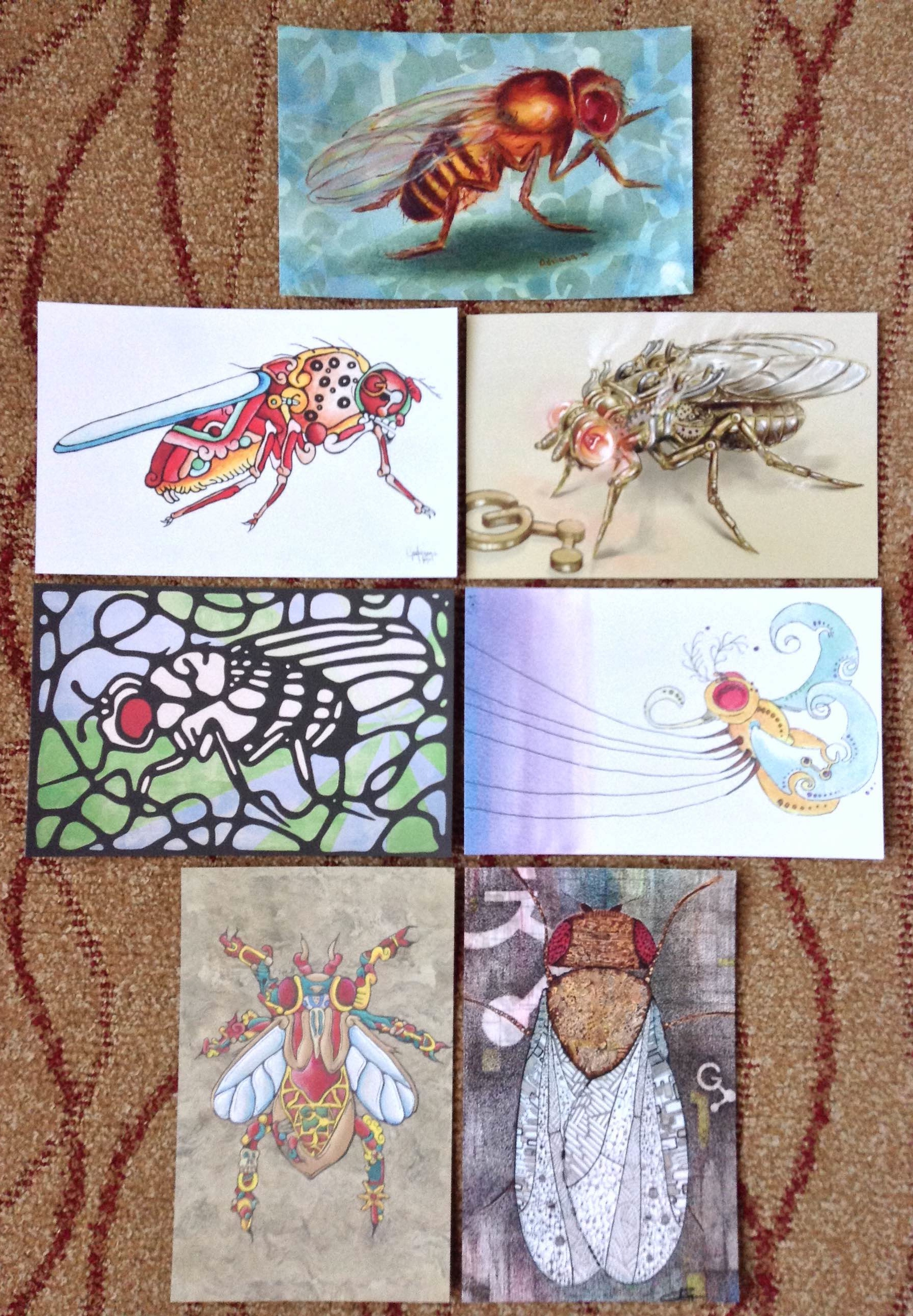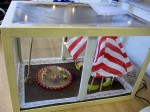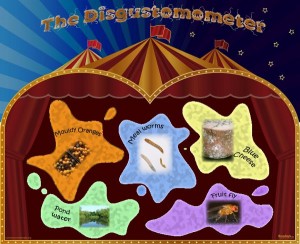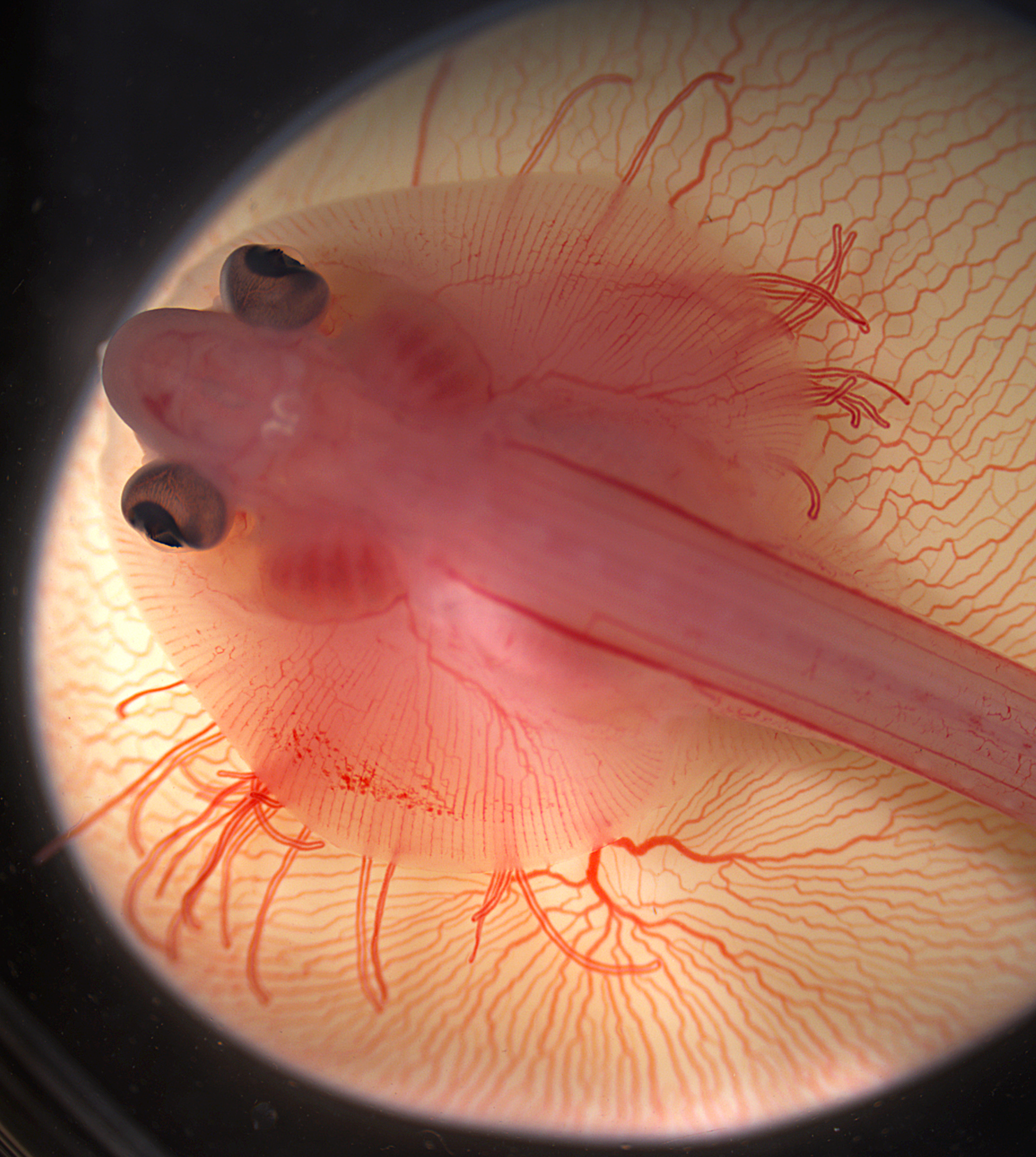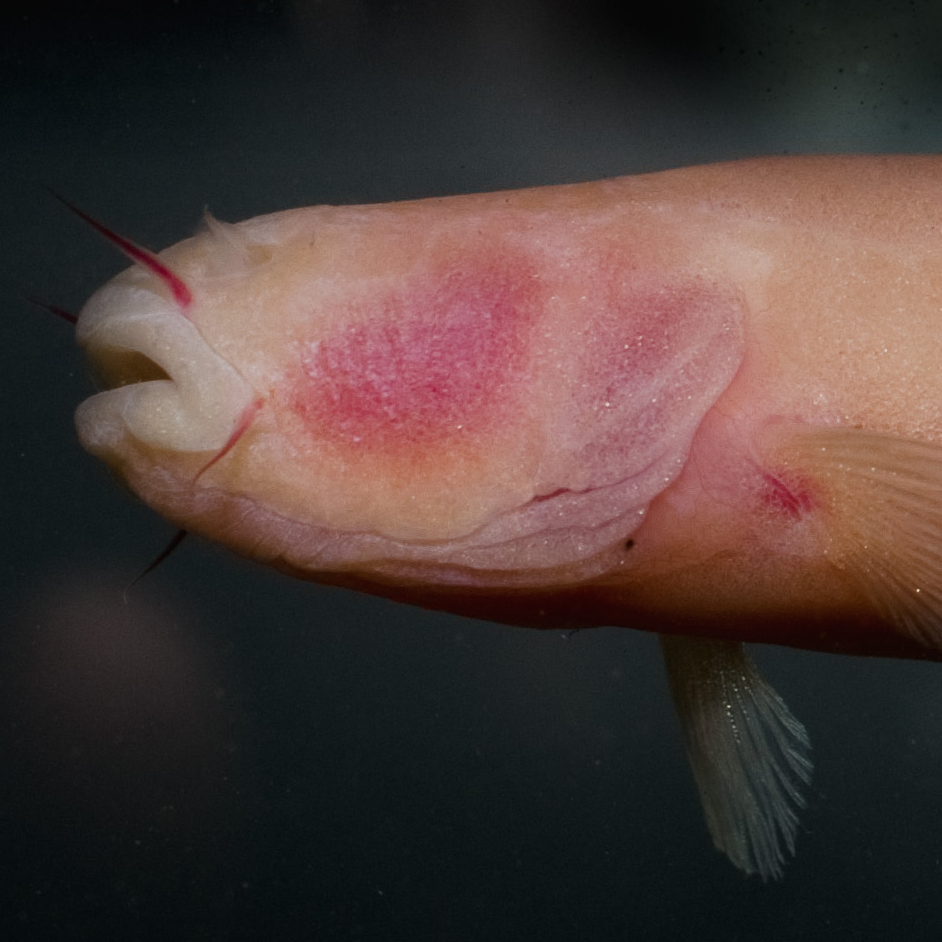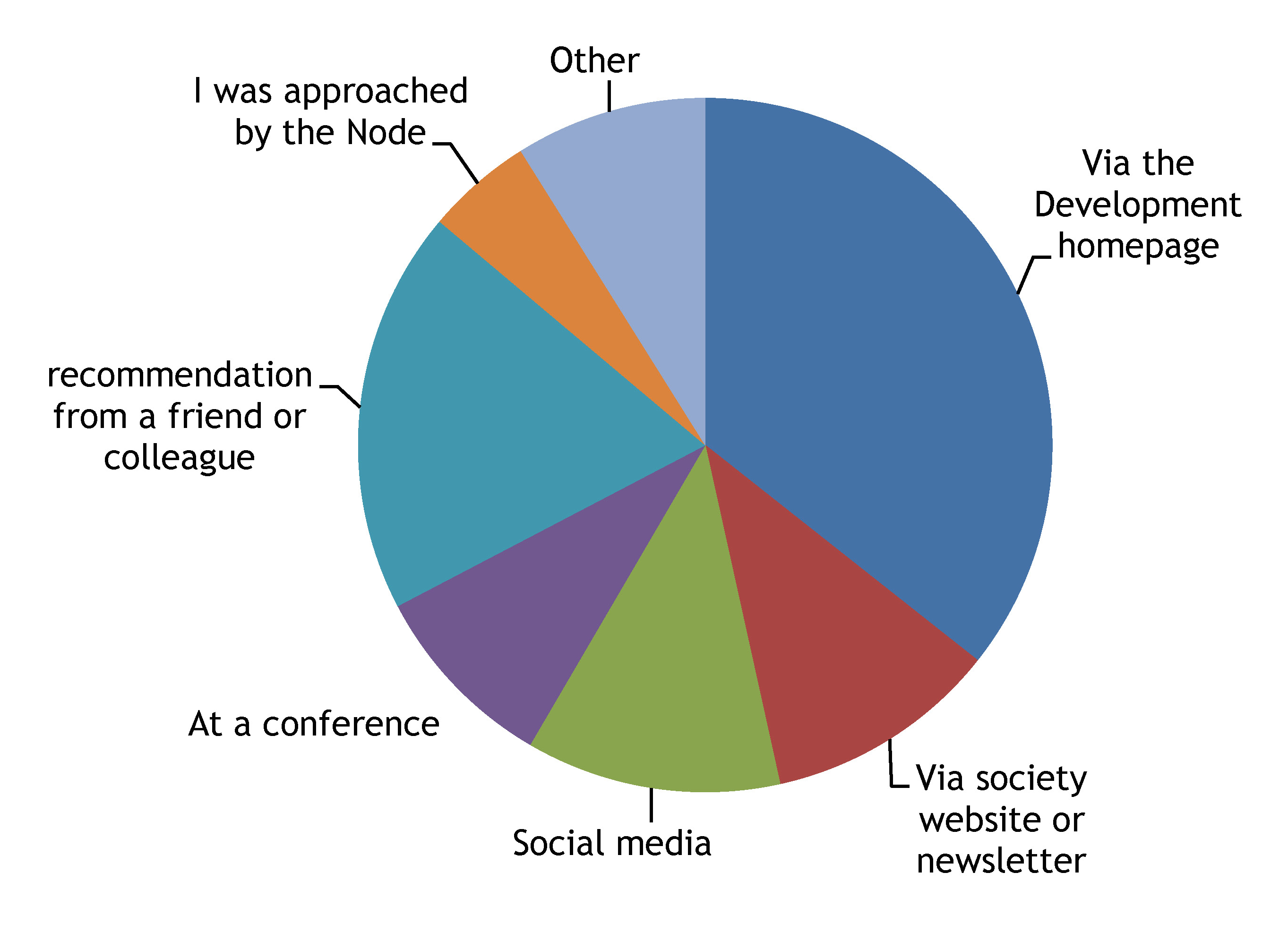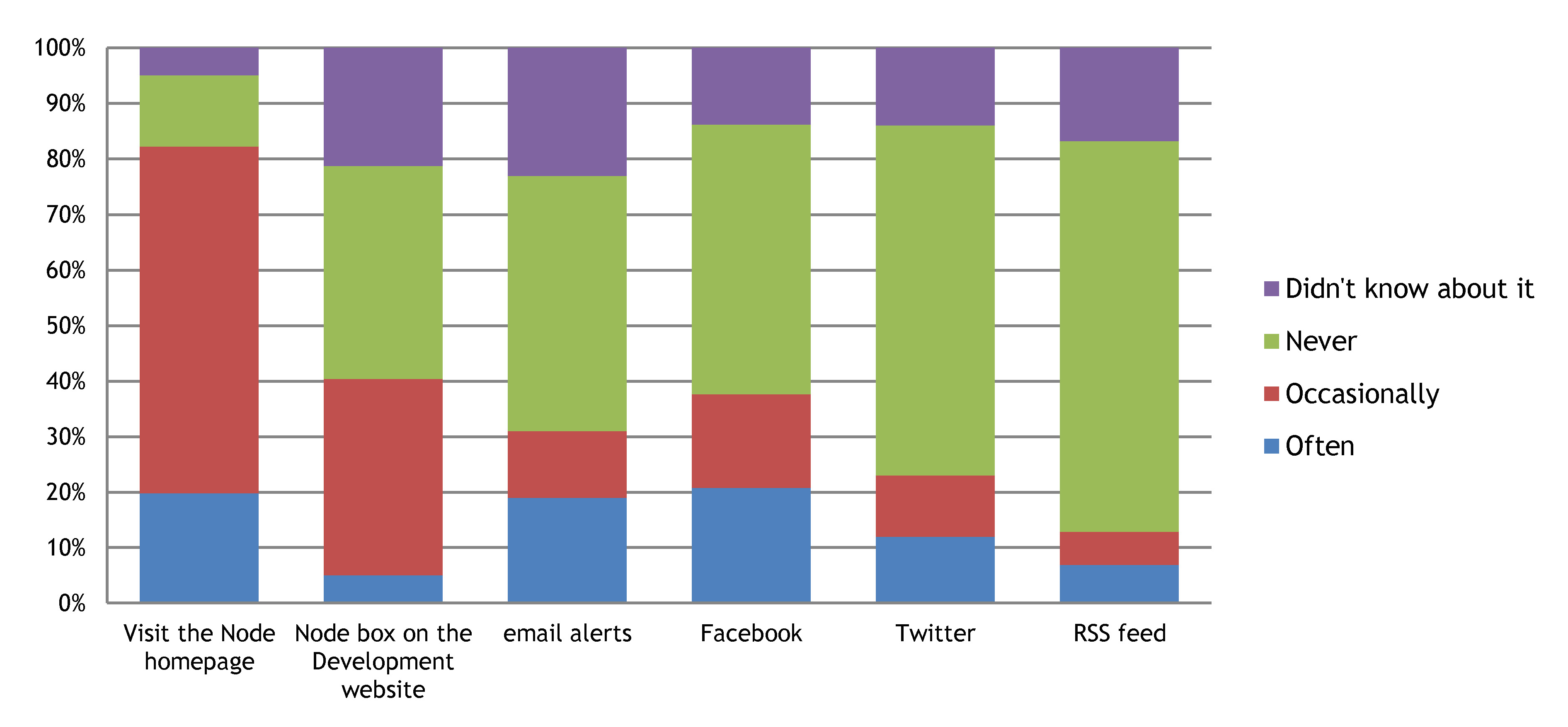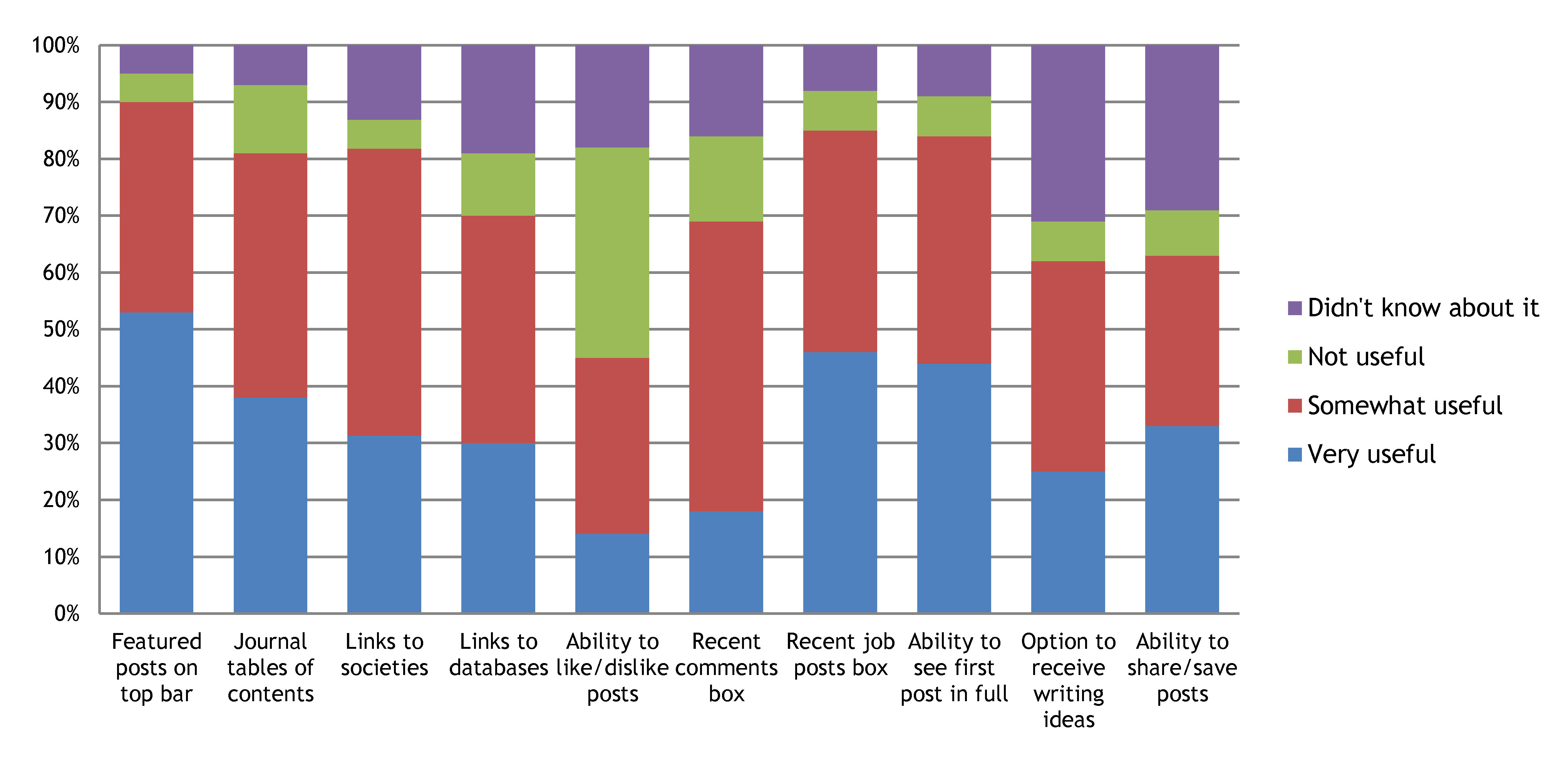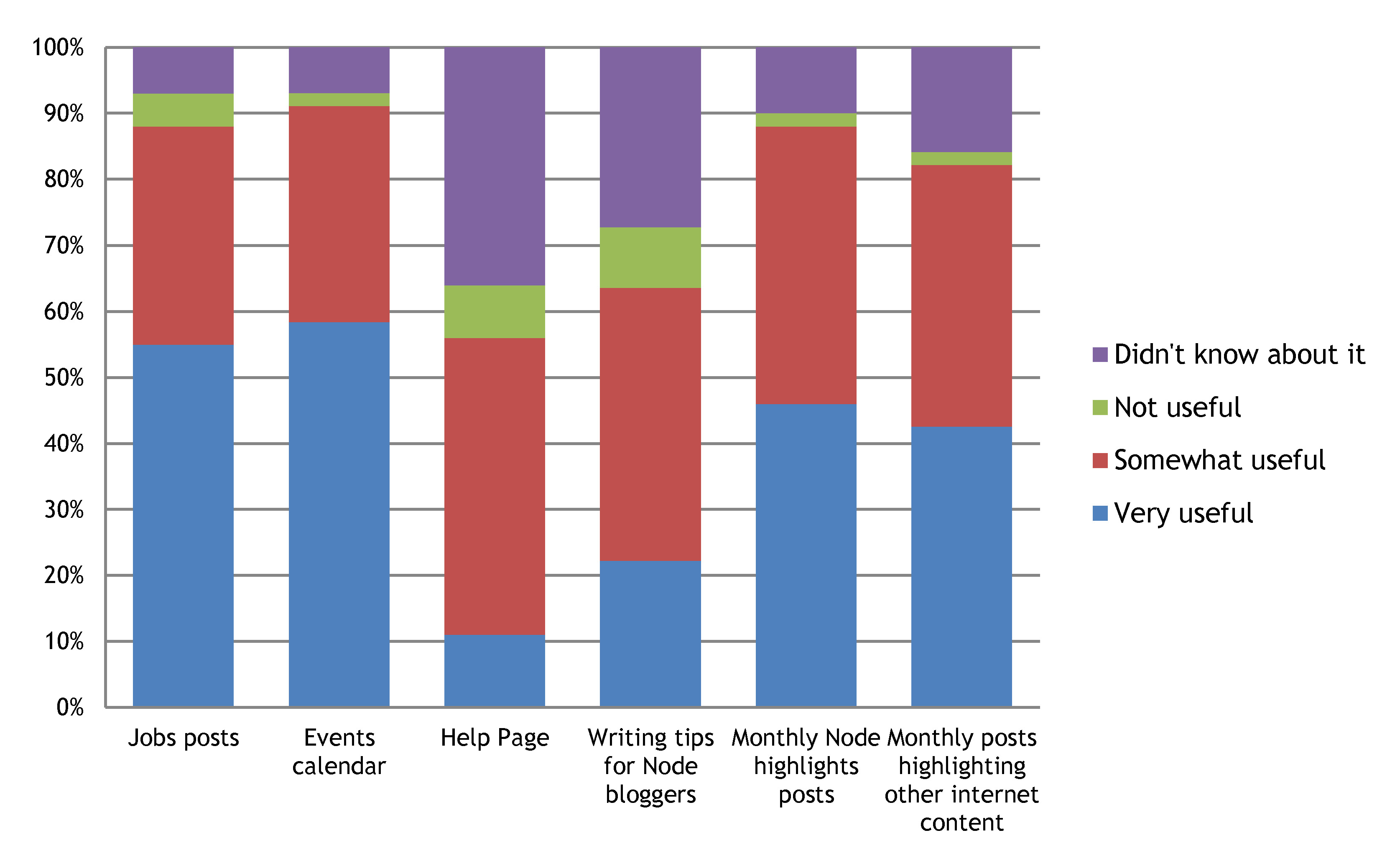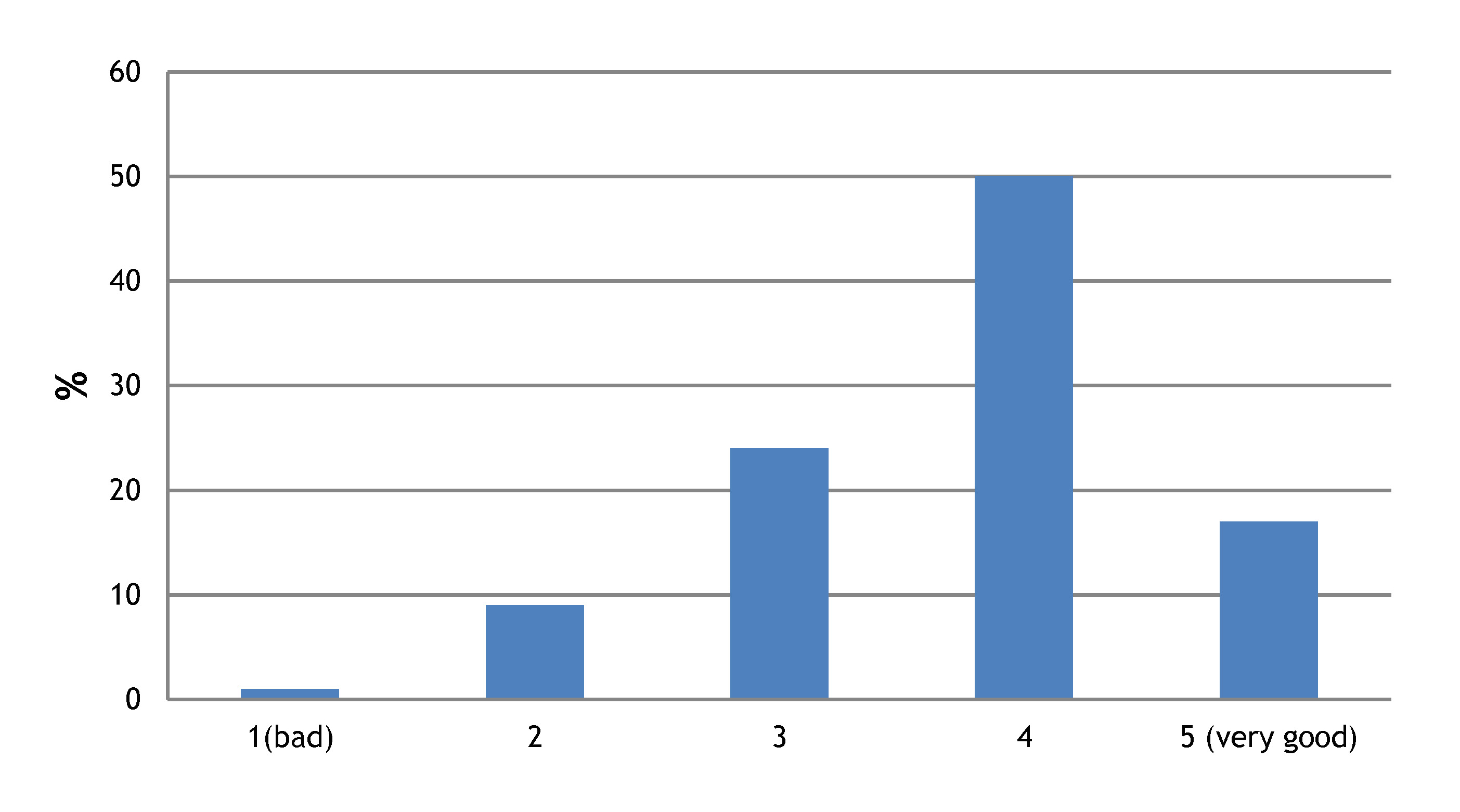In Development this week (Vol. 142, Issue 6)
Posted by Seema Grewal, on 10 March 2015
Here are the highlights from the current issue of Development:
Dmrt1: a common thread in sex determination
 Dmrt1 and its related genes play a key role in sex determination in a broad range of metazoan species. However, Dmrt1 has become dispensable for testis determination in mammals, and this function is instead carried out by Sry, which is a newly evolved gene found on the Y chromosome. Now, Peter Koopman and colleagues show that, even though its function is not normally required, Dmrt1 is able to drive female-to-male sex reversal in mice (p. 1083). The researchers show that the transgenic overexpression of Dmrt1 in XX mouse foetal gonads is able to induce testis formation. The resulting gonads exhibit typical testicular size and vascular patterning, and contain Sertoli cells that express the hallmark testis-determining gene Sox9. By contrast, the expression of ovarian markers is repressed and granulosa cells are absent. The researchers further show that this testis phenotype persists into adulthood; male internal and external reproductive organs develop, whereas female structures are absent. Together, these findings suggest that Dmrt1 has retained the ability to act as a sex-determining factor in mammals, highlighting a common thread in the evolution of sex-determination mechanisms in metazoans.
Dmrt1 and its related genes play a key role in sex determination in a broad range of metazoan species. However, Dmrt1 has become dispensable for testis determination in mammals, and this function is instead carried out by Sry, which is a newly evolved gene found on the Y chromosome. Now, Peter Koopman and colleagues show that, even though its function is not normally required, Dmrt1 is able to drive female-to-male sex reversal in mice (p. 1083). The researchers show that the transgenic overexpression of Dmrt1 in XX mouse foetal gonads is able to induce testis formation. The resulting gonads exhibit typical testicular size and vascular patterning, and contain Sertoli cells that express the hallmark testis-determining gene Sox9. By contrast, the expression of ovarian markers is repressed and granulosa cells are absent. The researchers further show that this testis phenotype persists into adulthood; male internal and external reproductive organs develop, whereas female structures are absent. Together, these findings suggest that Dmrt1 has retained the ability to act as a sex-determining factor in mammals, highlighting a common thread in the evolution of sex-determination mechanisms in metazoans.
Uncovering feedback in plant stem cell networks
 In plants, stem cell proliferation is negatively regulated by the receptor kinase CLAVATA1 (CLV1) and its peptide ligand CLAVATA3 (CLV3). Previous studies have suggested that CLV1 acts redundantly with other receptor kinases, such as BAM1, 2 and 3, but the molecular mechanisms underpinning this redundancy have been unclear. Now, Elliot Meyerowitz and co-workers interrogate the role of CLV1-CLV3 signalling in the Arabidopsis shoot apical meristem (p. 1043). They first show that CLV1 functions exclusively in rib meristem (RM) cells that express the transcription factor WUSCHEL, which is required for stem cell maintenance. The researchers further show that BAM1 and BAM3 expression is absent in these CLV1-expressing cells, suggesting that CLV1 represses BAM1/3 expression. In line with this, they reveal that BAM1 and BAM3 are transcriptional targets of the CLV1-CLV3 signalling pathway. Finally, they report that CLV1 in the RM is necessary and sufficient for the negative regulation of stem cell proliferation, independent of BAM function; the apparent genetic redundancy observed is due to the ectopic expression of BAM genes in the absence of CLV1-CLV3 signalling. Together, these findings clarify the role of CLV1-CLV3 signalling and uncover a novel feedback loop that operates in the plant stem cell niche.
In plants, stem cell proliferation is negatively regulated by the receptor kinase CLAVATA1 (CLV1) and its peptide ligand CLAVATA3 (CLV3). Previous studies have suggested that CLV1 acts redundantly with other receptor kinases, such as BAM1, 2 and 3, but the molecular mechanisms underpinning this redundancy have been unclear. Now, Elliot Meyerowitz and co-workers interrogate the role of CLV1-CLV3 signalling in the Arabidopsis shoot apical meristem (p. 1043). They first show that CLV1 functions exclusively in rib meristem (RM) cells that express the transcription factor WUSCHEL, which is required for stem cell maintenance. The researchers further show that BAM1 and BAM3 expression is absent in these CLV1-expressing cells, suggesting that CLV1 represses BAM1/3 expression. In line with this, they reveal that BAM1 and BAM3 are transcriptional targets of the CLV1-CLV3 signalling pathway. Finally, they report that CLV1 in the RM is necessary and sufficient for the negative regulation of stem cell proliferation, independent of BAM function; the apparent genetic redundancy observed is due to the ectopic expression of BAM genes in the absence of CLV1-CLV3 signalling. Together, these findings clarify the role of CLV1-CLV3 signalling and uncover a novel feedback loop that operates in the plant stem cell niche.
Gata2b: an early regulator of HSC emergence
 Hematopoietic stem cells (HSCs) give rise to all cells of the adult blood system, and understanding how these cells first arise during embryogenesis is important for developing regenerative medicine-based strategies for producing HSCs in vitro. Here, David Traver and colleagues demonstrate that Gata2b acts as an early regulator of zebrafish hematopoietic precursors (p.1050). The zebrafish genome contains two Gata2orthologues – gata2a and gata2b – and the researchers show that gata2b is expressed in a distinct subpopulation of endothelial cells within the dorsal aorta (DA), which gives rise to HSCs; gata2a in contrast is expressed throughout the DA. This expression of gata2b is Notch-dependent and occurs prior to the expression of runx1, which to date has served as an early marker of zebrafish HSCs. Using lineage tracing, the researchers further show that gata2b-expressing cells give rise to adult HSCs. Finally, knockdown studies indicate that gata2b is required for the formation of functional HSCs. In summary, this study reveals that Gata2b functions as an early marker and regulator of HSCs, prompting further studies into the role of Gata2 during HSC emergence.
Hematopoietic stem cells (HSCs) give rise to all cells of the adult blood system, and understanding how these cells first arise during embryogenesis is important for developing regenerative medicine-based strategies for producing HSCs in vitro. Here, David Traver and colleagues demonstrate that Gata2b acts as an early regulator of zebrafish hematopoietic precursors (p.1050). The zebrafish genome contains two Gata2orthologues – gata2a and gata2b – and the researchers show that gata2b is expressed in a distinct subpopulation of endothelial cells within the dorsal aorta (DA), which gives rise to HSCs; gata2a in contrast is expressed throughout the DA. This expression of gata2b is Notch-dependent and occurs prior to the expression of runx1, which to date has served as an early marker of zebrafish HSCs. Using lineage tracing, the researchers further show that gata2b-expressing cells give rise to adult HSCs. Finally, knockdown studies indicate that gata2b is required for the formation of functional HSCs. In summary, this study reveals that Gata2b functions as an early marker and regulator of HSCs, prompting further studies into the role of Gata2 during HSC emergence.
Magi keeps an eye on AJ remodelling
 Adherens junctions (AJs), which are specialised E-cadherin-based cell contacts, are continuously remodelled during tissue morphogenesis, as cells change shape and position. The accumulation of Bazooka (Baz), the Drosophila PAR3 homologue, is thought to specify where new E-cadherin complexes are deposited during AJ remodelling, but what regulates Baz localisation? Here, Alexandre Djiane and colleagues show that the scaffold protein Magi regulates Baz localization and hence AJ remodelling inDrosophila eye epithelial cells (p. 1102). By studyingMagi mutants, the researchers first show that Magi is required for the correct sorting of interommatidial cells during pupal eye development. They further show that Magi directly interacts with the Ras association domain protein RASSF8. This interaction, they report, is mediated by a WW domain-PPxY binding motif and is required for Magi function in the fly eye. They further demonstrate that Magi recruits a RASSF8-ASPP complex to AJs and that this, in turn, is required for the cortical recruitment of Baz to AJs during junctional remodelling. Overall, these findings highlight the importance of this novel Magi-RASSF8-ASPP complex for AJ remodelling and tissue morphogenesis.
Adherens junctions (AJs), which are specialised E-cadherin-based cell contacts, are continuously remodelled during tissue morphogenesis, as cells change shape and position. The accumulation of Bazooka (Baz), the Drosophila PAR3 homologue, is thought to specify where new E-cadherin complexes are deposited during AJ remodelling, but what regulates Baz localisation? Here, Alexandre Djiane and colleagues show that the scaffold protein Magi regulates Baz localization and hence AJ remodelling inDrosophila eye epithelial cells (p. 1102). By studyingMagi mutants, the researchers first show that Magi is required for the correct sorting of interommatidial cells during pupal eye development. They further show that Magi directly interacts with the Ras association domain protein RASSF8. This interaction, they report, is mediated by a WW domain-PPxY binding motif and is required for Magi function in the fly eye. They further demonstrate that Magi recruits a RASSF8-ASPP complex to AJs and that this, in turn, is required for the cortical recruitment of Baz to AJs during junctional remodelling. Overall, these findings highlight the importance of this novel Magi-RASSF8-ASPP complex for AJ remodelling and tissue morphogenesis.
PLUS…
Skeletal stem cells
 Skeletal stem cells (SSCs) reside in the postnatal bone marrow and give rise to cartilage, bone, hematopoiesis-supportive stroma and marrow adipocytes. Here, Paolo Bianco and Pamela Robey discuss the biology of SSCs in the context of the development and postnatal physiology of skeletal lineages, to which their use in medicine must remain anchored. See the Development at a Glance poster article on p. 1023
Skeletal stem cells (SSCs) reside in the postnatal bone marrow and give rise to cartilage, bone, hematopoiesis-supportive stroma and marrow adipocytes. Here, Paolo Bianco and Pamela Robey discuss the biology of SSCs in the context of the development and postnatal physiology of skeletal lineages, to which their use in medicine must remain anchored. See the Development at a Glance poster article on p. 1023
Mammary gland development
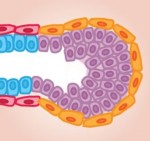 The mammary gland provides an excellent model for studying ‘stem/progenitor’ cells, which – in this context – allow for the repeated expansion and renewal of the gland during adult life. Here, Mina Bissell and colleagues discuss the various cell types that constitute the mammary gland, highlighting how they arise and differentiate, and how the microenvironment influences their development. See the Review on p. 1028
The mammary gland provides an excellent model for studying ‘stem/progenitor’ cells, which – in this context – allow for the repeated expansion and renewal of the gland during adult life. Here, Mina Bissell and colleagues discuss the various cell types that constitute the mammary gland, highlighting how they arise and differentiate, and how the microenvironment influences their development. See the Review on p. 1028


 (No Ratings Yet)
(No Ratings Yet) Today, a few button clicks gives access to vast troves of knowledge, and a few dollars buys technologies that even well-funded labs could not get a few decades ago. So, it should be much easier for amateurs and hobbyists to do scientific research now than it was in Darwin’s era. The
Today, a few button clicks gives access to vast troves of knowledge, and a few dollars buys technologies that even well-funded labs could not get a few decades ago. So, it should be much easier for amateurs and hobbyists to do scientific research now than it was in Darwin’s era. The  Facilitating amateur-professional interactions would also improve public understanding of science. This is especially important in areas that intersect with developmental biology; voters are routinely called upon to make decisions related to stem cells, genetics, or evolution. The premise of every graduate school is that the best way to learn how science works is to do it, yet there are few opportunities for adult non-scientists to experience the creative and intellectual side of research. The success of the citizen science movement shows that many people are interested in participating in science. However, most citizen science projects are designed to get a large number of volunteers to do a defined task, rather than to help non-scientists plan research and interpret results. This leaves a big gulf between non-scientists and professionals.
Facilitating amateur-professional interactions would also improve public understanding of science. This is especially important in areas that intersect with developmental biology; voters are routinely called upon to make decisions related to stem cells, genetics, or evolution. The premise of every graduate school is that the best way to learn how science works is to do it, yet there are few opportunities for adult non-scientists to experience the creative and intellectual side of research. The success of the citizen science movement shows that many people are interested in participating in science. However, most citizen science projects are designed to get a large number of volunteers to do a defined task, rather than to help non-scientists plan research and interpret results. This leaves a big gulf between non-scientists and professionals.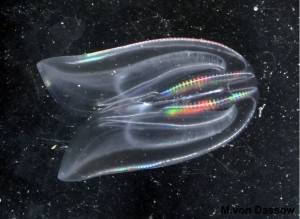 Developmental biology is ripe for this. Although a lot of developmental biology depends on expensive reagents and high-tech equipment, plenty of high-value, low-tech research remains to be done. Two of my all-time favorite papers (1, 2) used nothing more than glass needles and intelligence to identify, and partially solve, a paradox of ctenophore development: when an embryo is split in two, each half develops into half an embryo; yet the adults can regenerate an entire half of their body. The authors documented ontogenetic transitions in these phenomena, and then deciphered the roles of specific cell lineages in patterning and regeneration. In my own work, I’ve found that the most useful biomechanical techniques for working with embryos are things like micropipette aspiration, which would be easily accessible to amateur microscopists (it was developed in the 1950’s (3)). There are myriad questions in developmental biology that could be investigated with low-budget techniques.
Developmental biology is ripe for this. Although a lot of developmental biology depends on expensive reagents and high-tech equipment, plenty of high-value, low-tech research remains to be done. Two of my all-time favorite papers (1, 2) used nothing more than glass needles and intelligence to identify, and partially solve, a paradox of ctenophore development: when an embryo is split in two, each half develops into half an embryo; yet the adults can regenerate an entire half of their body. The authors documented ontogenetic transitions in these phenomena, and then deciphered the roles of specific cell lineages in patterning and regeneration. In my own work, I’ve found that the most useful biomechanical techniques for working with embryos are things like micropipette aspiration, which would be easily accessible to amateur microscopists (it was developed in the 1950’s (3)). There are myriad questions in developmental biology that could be investigated with low-budget techniques. (7 votes)
(7 votes)


